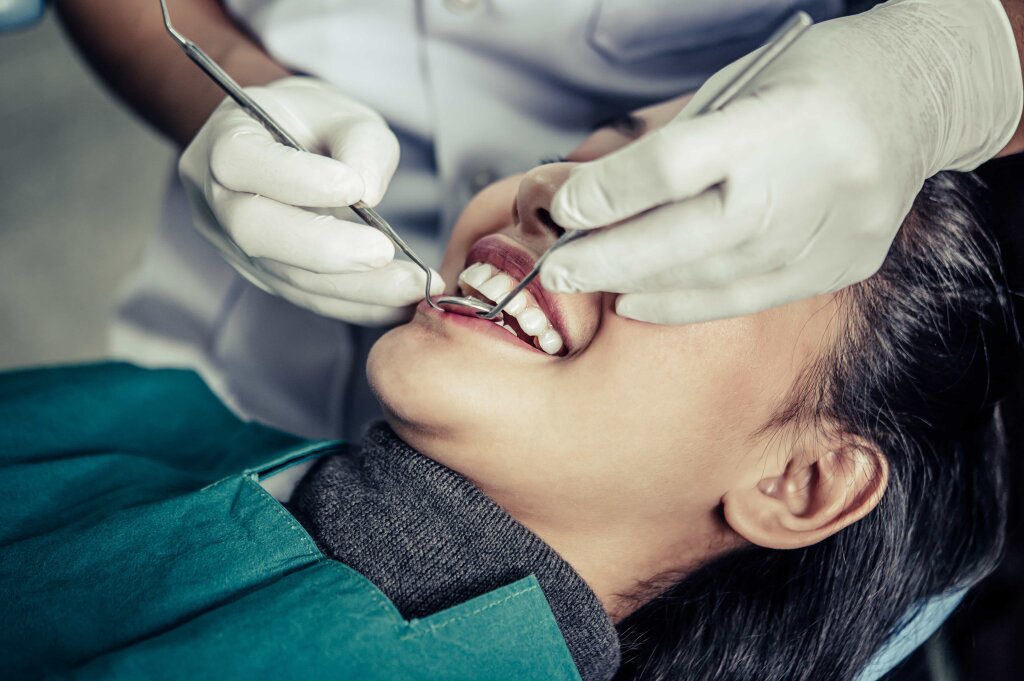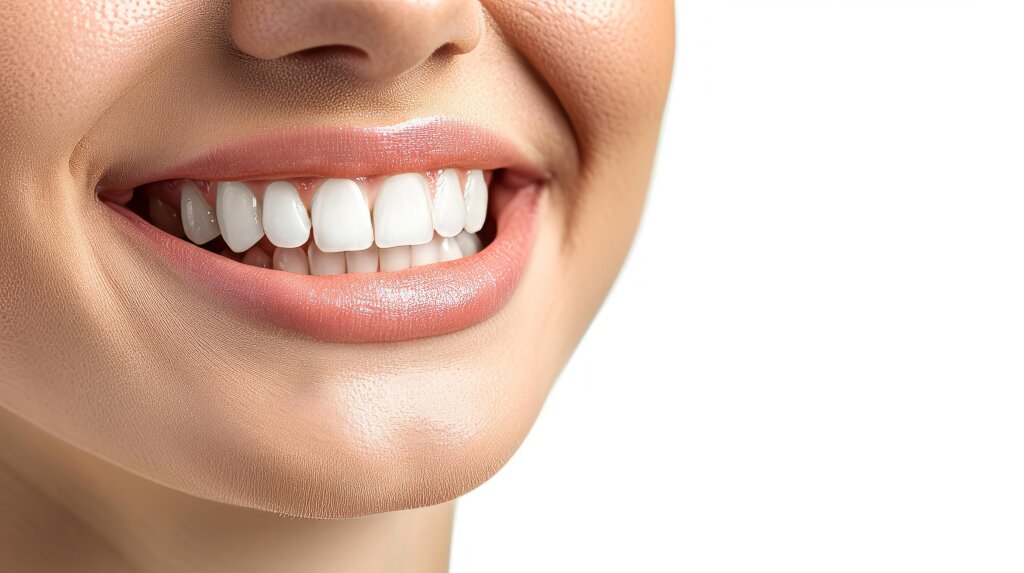Zirconium dental crowns are modern dental treatment options that can be used for both upper and lower teeth, providing aesthetics and durability. These crowns offer durability for the back teeth and an aesthetic appearance for the front teeth, attracting attention with their many advantages.
Zirconium dental crowns, strengthened by special firing processes, show high resistance to breakage, cracking, and wear. They are also resistant to corrosion and transmit light like natural tooth enamel. The fact that they do not contain metal is a significant advantage for those who prefer zirconium crowns; this feature helps to maintain healthy gums by adapting to the gum tissue. Thanks to their light-transmitting property, they offer a natural white appearance and can be used safely for many years. Since they have low thermal conductivity, they minimize sensitivity to hot and cold. Unlike metal-supported crowns, they do not cause taste changes in the mouth. They reduce bad breath and prevent dark color formation in the gums due to their compatibility with the gums. Compared to natural teeth, they rarely change color and eliminate the risk of metal allergies. Their smooth and shiny surface also prevents plaque buildup.
Zirconium dental crowns stand out with their natural appearance and solid structure. These crowns, which are resistant to corrosion and oxidation, are known for not containing metal and being long-lasting. Their semi-translucent structure allows light to pass through, providing the closest match to natural teeth. They do not change color and their smooth surfaces prevent plaque buildup, so they are not affected by staining substances like coffee, tea, and tobacco. Their color always remains as originally applied. They can be used without problems for a long time with regular check-ups.
Zirconium is an element that is in the metal group on the periodic table but exhibits ceramic properties. Although it does not have the flexibility of metals, it is comparable in strength to metals in terms of bite resistance. Potential fractures that can occur over time in metal-supported porcelain crowns are prevented with zirconium crowns. Monolithic zirconium crowns are produced in one piece and do not cause surface fractures. Zirconium crowns are generally available in two types: framework zirconium and full-contour zirconium. Framework zirconium is preferred for long bridges due to its durability, while full-contour zirconium is used for single teeth and short bridges. Zirconium crowns are considered stronger, harder, and more durable than glass-ceramic and dental composite, preventing fractures and cracks in the underlying teeth.
Other properties of zirconium dental crowns include being strong enough to withstand the chewing forces of the back teeth, having a lifespan as long as classic metal alloys, and being biocompatible materials that reduce the risk of inflammation and immunological reactions. The application process starts after completing other treatments like dental fillings and bridges. Dentists can apply zirconium crowns in two sessions; in the first session, space is made for the crowns and impressions are taken, while in the second session, the crowns are fitted.
Zirconium dental crowns hold a significant place in modern dental treatments with the aesthetics, durability, and long-lasting use they provide. These properties make them an excellent choice to meet both aesthetic and functional needs.






